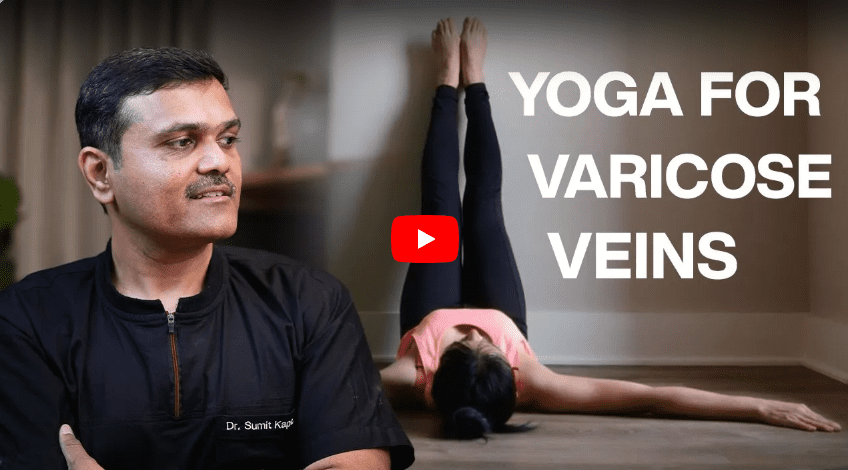
Understanding Venous Malformations
Venous malformations, often overlooked or misdiagnosed, are a group of vascular anomalies that can cause significant discomfort and complications if not properly managed. These lesions, typically composed of abnormally formed blood vessels, can appear anywhere in the body but are most commonly found in the skin and mucosal areas. Understanding the symptoms, diagnosing these conditions accurately, and exploring treatment options are crucial steps in managing venous malformations effectively.
What Are Venous Malformations?
Venous malformations are benign lesions consisting of malformed veins. These abnormalities can occur anywhere in the body but are most commonly found in the skin, mouth, and other mucosal surfaces. They are typically present at birth and grow proportionally with the body. Unlike other vascular malformations, venous malformations are made up of veins with abnormal connections, which can lead to swelling and discomfort, especially if the malformation is large or located in a sensitive area.
These malformations can cause a variety of symptoms depending on their size, location, and the areas they affect. Symptoms may include pain, swelling, and discoloration of the skin, as well as complications related to functional impairments if the lesion affects vital organs.
How are Venous Malformations Diagnosed?
Diagnosing venous malformations involves a comprehensive approach that typically includes:
- Clinical Examination: A vascular surgeon or specialist will assess the physical appearance and characteristics of the lesion.
- Imaging Studies: Techniques such as MRI, ultrasound, and sometimes CT scans are used to visualize the extent of the malformation and its relationship to surrounding tissues.
- Doppler Ultrasound: This may be used to assess blood flow within the malformation.
- Venography: In some cases, a contrast dye may be injected into the veins to get detailed images of the vascular structure.
Early and accurate diagnosis is crucial for determining the appropriate treatment strategy and for preventing complications associated with venous malformations. These are often misdiagnosed as hemangiomas which are other vascular anomalies of childhood, and are known to regress spontaneously.
Treatments of Venous Malformations
Treatment options for venous malformations vary based on the size, location, and symptoms associated with the malformation. Common treatment approaches include:
- Sclerotherapy: This involves injecting a sclerosing agent into the malformation, causing the veins to collapse and seal off. This is one of the most common treatments for smaller venous malformations. However, multiple sessions are usually required for reduction in size of the malformation.
- Laser Therapy: Used particularly for superficial malformations, laser therapy can reduce the appearance of lesions and alleviate symptoms.
- Surgical Excision: In cases where the malformation is large or not responsive to other treatments, surgical removal may be necessary. Surgery is only recommended if the malformation is localised and can be safely removed without damage of the surrounding structures.
- Compression Therapy: Often used in conjunction with other treatments, especially in cases where swelling is a significant issue.
The choice of treatment depends on the individual patient’s condition and the specifics of the venous malformation.
Are there any Risks Associated with Treatment?
Like all medical treatments, the management of venous malformations comes with potential risks and side effects:
- Sclerotherapy: Risks include allergic reactions to the sclerosing agent, pain at the injection site, and potential skin changes.
- Laser Therapy: Side effects may include burns, scarring, and changes in skin pigmentation.
- Surgical Excision: Risks include infection, scarring, and anesthesia-related complications.
It is important for patients to discuss these risks with their healthcare provider to make informed decisions about their treatment options.
Complications of Venous Malformations
Complications associated with venous malformations can vary based on the location and size of the malformation. Potential complications include:
- Pain: Chronic pain can occur, especially if the malformation compresses surrounding tissues.
- Ulceration: Over time, pressure and pooling of blood in the malformation can lead to skin ulceration.
- Bleeding: Large or superficial venous malformations can be prone to bleeding.
- Functional Impairment: Malformations located near vital structures can impair function, depending on their size and location.
Management of venous malformations often requires a multidisciplinary approach to address these complications effectively.
Expert Insights by Vascular Surgeon Dr. Sumit Kapadia
As a vascular surgeon specializing in the treatment of venous malformations, I understand the complexities involved in managing these conditions. Accurate diagnosis, choosing the appropriate treatment, and managing complications are all crucial in providing optimal care for patients. In Vadodara, we are equipped with the latest technologies and treatment options to provide comprehensive care for patients with venous malformations.
Conclusion
Venous malformations are complex conditions that require careful evaluation and tailored treatment strategies. With advancements in medical technology and treatment options, effective management of these anomalies is possible.
If you or a loved one is affected by a venous malformation, consult with a qualified vascular surgeon in Vadodara who can provide expert care and guide you through the treatment options available. Early intervention is key to preventing complications and improving outcomes for patients.
FAQs
Venous malformations are benign vascular anomalies consisting of abnormally formed veins. They can occur anywhere in the body but are most commonly found in the skin and mucosal areas.
Diagnosis typically involves clinical examination, imaging studies like MRI and ultrasound, and sometimes Doppler ultrasound or venography to visualize the extent of the malformation.
Common treatments include sclerotherapy, laser therapy, surgical excision, and compression therapy, depending on the size and location of the malformation.
Yes, treatments like sclerotherapy, laser therapy, and surgery carry risks such as allergic reactions, pain, scarring, and potential complications related to anesthesia.
Complications can include chronic pain, ulceration, bleeding, and functional impairment, depending on the location and size of the malformation

MBBS, MS, MRCS, DNB-Fellow
Dr. Sumit Kapadia
Dr. Sumit Kapadia / MR KAPADIA SUMIT a gold-medalist from Baroda Medical College, obtained his general surgical training and senior residency from SSG Hospital, Vadodara.

MBBS, MS, MRCS, DNB-Fellow
Dr. Sumit Kapadia
Dr. Sumit Kapadia / MR KAPADIA SUMIT a gold-medalist from Baroda Medical College, obtained his general surgical training and senior residency from SSG Hospital, Vadodara.




